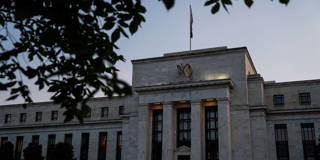The Fed Does Not Deserve All the Inflation Blame
The US Federal Reserve certainly bears its share of responsibility for the great inflation of the 2020s. But powerful political pressures from the left and overly-optimistic analyses of open-ended debt policy, not to mention genuine uncertainties about inflation and real interest rates, also played a very large role.

CAMBRIDGE – A growing crescendo of commentary places the blame for the current surge in US inflation squarely on the Federal Reserve. But much of the criticism is stupefyingly naive about the political pressures that the Fed and other central banks around the world have had to navigate in recent years.